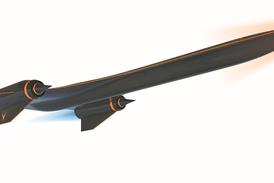The US Air Line Pilots Association (ALPA) has pressed the case for more sophisticated fire-detection warning systems to be fitted in cockpits, to aid pilots making divert decisions.
Speaking at the fourth Triennial International Fire and Cabin Safety Research Conference in Lisbon last week, Tom Philips, chairman of ALPA's Accident Analysis and Aircraft Design and Operations Groups, said the vast majority of diversions for fire are due to false alarms. "Diverting to the nearest suitable airport in response to a fire is prudent, but carries economic penalties as well as potential safety risks," he said.
Current aircraft fire warnings only indicate whether there is a fire in the forward or aft sections of the cabin, the toilet, the engines or in the cargo hold. This contrasts with modern building fire-detection systems, which present a series of zones and use infrared sensors to present an indication of the fire intensity.
Furthermore, Philips said, restrictions over carry-on tools and reduced access to interior panels due to terrorism fears, could hamper crews' ability to extinguish small fires or evaluate fire intensity.
"Now if you see a wisp of smoke coming from behind the instrument panel, because we have no screwdrivers, we either have to divert, assuming the worst, or crack the panel open with the fire axe," he said.
Source: Flight International























